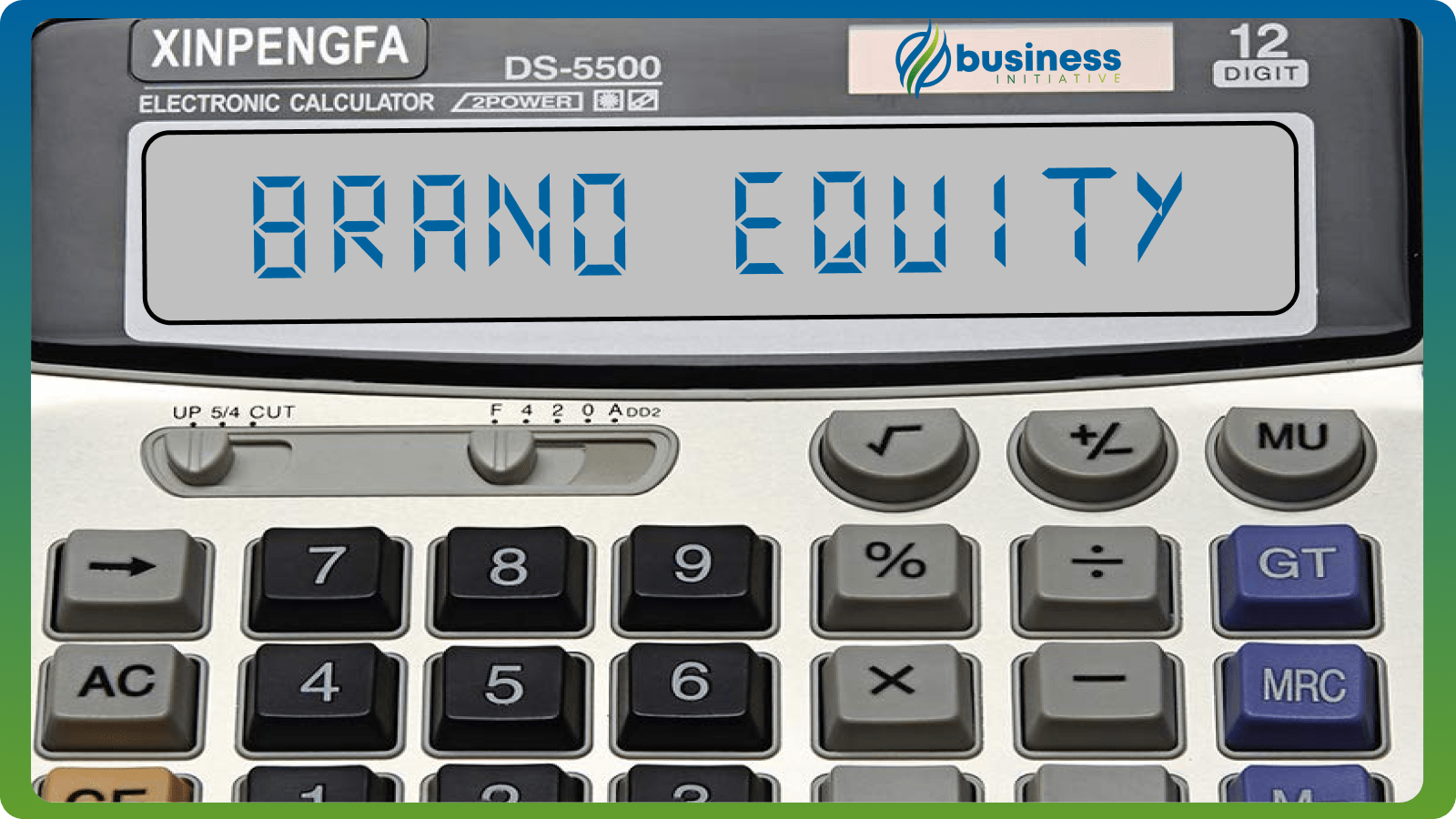Understanding your brand’s true value goes beyond financial metrics. Our Brand Equity Analyzer combines financial performance with customer perception data to give you a complete picture of your brand’s market position and value.
How to Use the Brand Equity Analyzer
- Enter Brand Metrics:
- Customer perception scores
- Brand awareness data
- Revenue attribution
- Market position
- Get Comprehensive Analysis:
- Brand equity score
- Financial valuation
- Competitor comparison
- Growth opportunities
Brand Equity Analyzer
Financial Metrics
Brand Awareness
Customer Perception
Brand Insights
Understanding Your Results
Key Components
- Brand Equity Score (0-100)
- 80-100: Market Leader
- 60-79: Strong Competitor
- 40-59: Established Player
- Below 40: Emerging Brand
- Brand Value
- Financial worth of your brand
- Revenue contribution
- Price premium potential
- Market Position
- Competitive standing
- Growth opportunities
- Strategic recommendations
Brand Equity Factors
Different elements contribute to overall brand equity:
- Financial Metrics (40%)
- Revenue attribution
- Marketing ROI
- Price premium
- Brand Awareness (30%)
- Recognition
- Market share
- Competitive position
- Customer Perception (30%)
- Satisfaction scores
- Loyalty metrics
- Price tolerance
Strengthening Brand Equity
Best Practices
- Consistent brand messaging
- Quality customer experience
- Strategic marketing investment
- Regular brand monitoring
Growth Strategies
- Market expansion
- Product innovation
- Customer engagement
- Brand partnerships
Need help building your brand? Schedule a consultation with our brand strategists at Business Initiative.
Stay informed about business strategies and tools by following us on X (Twitter) and signing up for The Initiative Newsletter.
FAQs - Frequently Asked Questions About Brand Equity

What is brand equity and why is it important?
Brand equity is the value premium a company generates from a product with a recognizable name compared to a generic equivalent.
It's important because it directly impacts your pricing power, customer loyalty, and market position.
Learn More...
Brand equity represents the total value of your brand in the marketplace, encompassing:
- Financial value from price premiums
- Customer loyalty and retention
- Market recognition and awareness
- Competitive advantage
Strong brand equity enables companies to:
- Command higher prices
- Maintain customer loyalty
- Launch new products more easily
- Weather market challenges better
It's a crucial metric for business valuation, marketing strategy, and long-term growth planning.
How is the brand equity score calculated?
The brand equity score combines financial metrics (40%), brand awareness (30%), and customer perception (30%).
Each component is weighted to reflect its relative importance in overall brand strength.
Learn More...
The calculation considers multiple factors:
- Financial Metrics: Revenue attribution, marketing ROI
- Brand Awareness: Recognition rates, market share
- Customer Perception: Satisfaction, loyalty, price tolerance
The scoring system evaluates:
- Market Leadership (80-100)
- Strong Competition (60-79)
- Established Position (40-59)
- Emerging Status (Below 40)
This comprehensive approach ensures a balanced assessment of your brand's strength in the market.
How can I improve my brand equity score?
Focus on consistent brand messaging, quality customer experience, and strategic marketing investments.
Monitor and respond to customer feedback and market trends.
Learn More...
Key strategies for improving brand equity include:
- Strengthening customer relationships
- Enhancing product/service quality
- Investing in targeted marketing
- Building brand awareness
Long-term improvements require:
- Regular brand monitoring
- Customer feedback analysis
- Competitive benchmarking
- Innovation in product/service offerings
Remember that brand equity building is a continuous process requiring consistent effort and strategic planning.
What role does customer perception play in brand equity?
Customer perception accounts for 30% of your brand equity score.
It measures how customers view and value your brand compared to alternatives.
Learn More...
Customer perception encompasses several key elements:
- Brand recognition and recall
- Emotional connections
- Quality associations
- Value perceptions
This metric is crucial because it influences:
- Purchase decisions
- Customer loyalty
- Word-of-mouth marketing
- Price sensitivity
Improving customer perception requires focus on consistent quality, positive experiences, and strong customer relationships.
How often should I measure my brand equity?
Measure brand equity quarterly for tactical adjustments and annually for strategic planning.
More frequent monitoring may be needed during major market changes or campaigns.
Learn More...
The frequency of measurement depends on several factors:
- Market volatility
- Competition level
- Growth stage
- Marketing activity
Regular monitoring should include:
- Customer satisfaction surveys
- Market share analysis
- Financial performance metrics
- Competitive positioning
Use these insights to make informed decisions about brand strategy and investments.
How does brand equity affect business value?
Strong brand equity can significantly increase business value through premium pricing and customer loyalty.
It creates competitive advantages and barriers to entry.
Learn More...
Brand equity contributes to business value through:
- Higher profit margins
- Reduced marketing costs
- Increased customer retention
- Market share advantages
Financial benefits include:
- Premium pricing power
- Lower customer acquisition costs
- Better supplier relationships
- Increased business valuation
Strong brand equity also provides resilience during market downturns and economic challenges.


